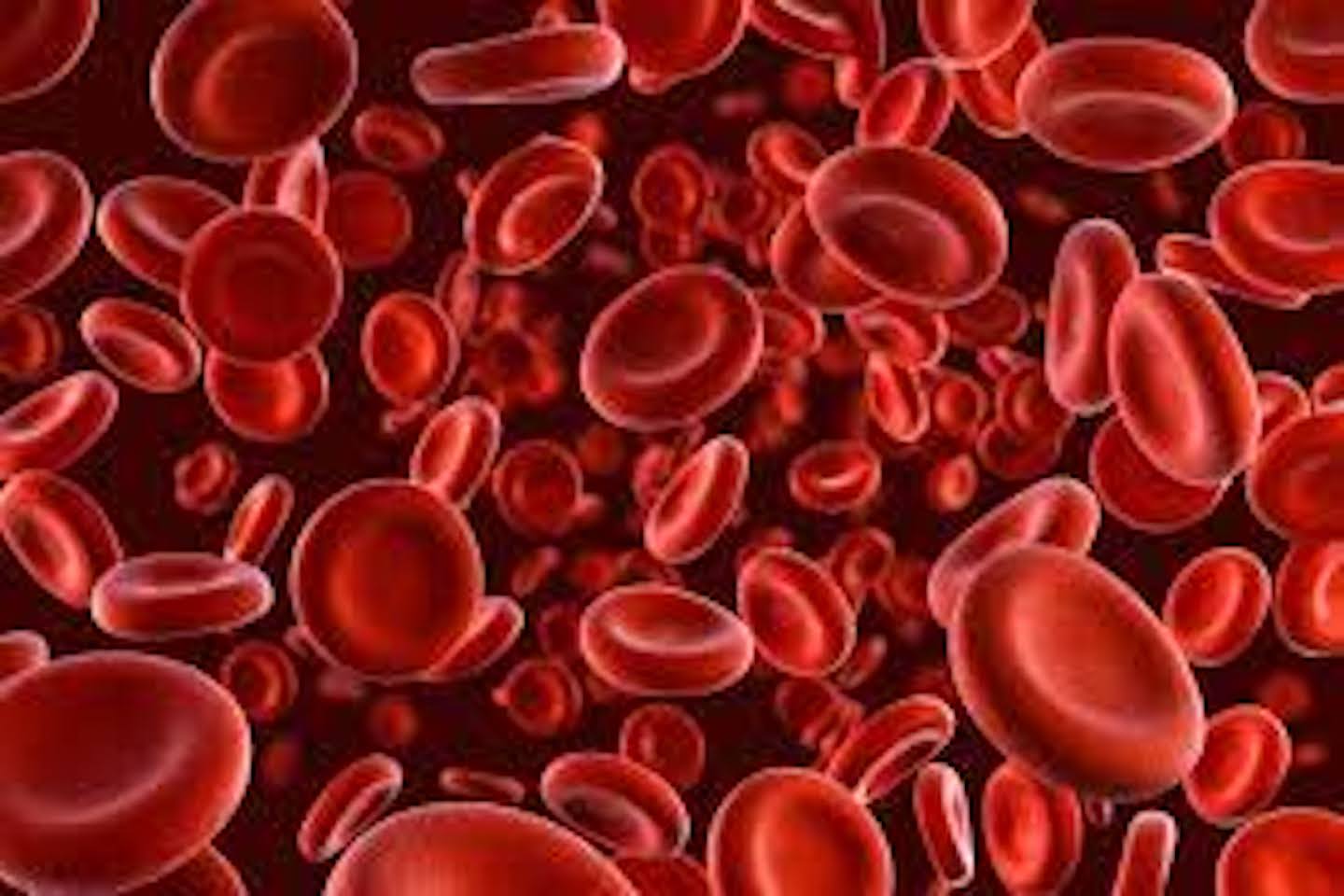- These guidelines mark the first set of local directives aimed at guiding and optimizing the path of haemophilia treatment in India
- Guidelines recommend Prophylaxis treatment as Standard of Care in line with global clinical best practices
India
healtysoch
New Delhi, December 14, 2023:
The Haemophilia & Health Collective of North (HHCN), a registered body of India’s leading healthcare professionals working in the domain of haemophilia care for over two decades, in collaboration with National Health Mission (NHM) representatives from 16 states have proposed a first-of-its-kind Indian guidelines for treatment of Persons with Haemophilia (PwH).
The new guidelines recommend:
- Use of prophylaxis as standard of care (SOC) in haemophilia patients to prevent them from bleeding,
- Clearly articulates the need for comprehensive care including significance of timely diagnosis, physiotherapy and multidisciplinary care for PwH
- First time a separate category for Non-factor replacement (Currently available as Emicizumab) is incorporated in the selection criteria. The real world experience bears out the rapid switchovers to Non-factor products and which remains the drug of choice
- Scoring based patient selection criteria so that patients get maximum benefit from products. A relevant scoring pattern to identify the patients who qualify for prophylaxis with Non-factor replacement potentially leading to improved patient adherence with better treatment outcomes
- Optimal deployment of resources for severe Hemophilia A patients including high bleeders, pediatric population, patients with inhibitors,
- Budgetary calculation for payers and/or policymakers to understand the budgetary requirements of each state and central reimbursement bodies
People with severe haemophilia bleed frequently and often spontaneously, including repeated bleeds into joints and muscles. In addition to disease severity, the frequency of bleeding also varies by bleed site. Depending on the area affected, these bleeds can be debilitating or even life threatening. Repeated bleeding into joints can cause hemophilic arthropathy, which can result in physical disability. As a result, most of the Haemophilia patients are physically challenged, and need joint replacements at an early age.
Patients with haemophilia experience frequent absenteeism from school and work, as physical activity is limited due to the extreme pain and discomfort associated with the haemorrhagic episode.
Haemophilia is an X chromosome linked congenital bleeding disorder that slows the blood clotting process due to lack of a protein called Factor 8 (FVIII) which is caused by gene mutations. As a result, people with Hemophilia A bleed for a longer time than normal, due to a deficiency of clotting factor VIII.
Current treatment modalities in India primarily focus on on-demand therapy – FVIII replacement to address bleeding episodes as they occur. However, exposure to exogenous Factor VIII could lead to development of inhibitors. This renders treatment with Factor VIII ineffective.
Some of the challenges faced under the current treatment regimen are:
- Development of inhibitors to Factor VIII complicates treatment, leading to the use of bypassing agents that are significantly more expensive. Inhibitor development is associated with significant increase in disabilities including joint damage, morbidities and even mortality.
- The treatment burden is high because intravenous administration occurs several times weekly. This is particularly challenging in pediatric population
- Lack of adherence by patients living far away
- Impact on quality of life of patients and caregivers due to frequent hospitalization
- Increase in overall cost of treatment due to frequent travel, regular hospitalisation, loss of wages
- Impact on schooling (absenteeism, learning outcomes, dropouts) or work (impact on performance, early retirement) or family life; emotional costs (trauma for the child/care givers), premature death
- Increased health system costs: Greater stress on the health system due to increased hospitalization
The new guidelines recommend adoption of advanced care to tackle such bleeding incidents and reduce disability and improve quality of life for haemophilia patients.
Worldwide, countries are moving towards advanced non-replacement therapy or prophylaxis care because breakthrough bleeds remain an issue with the levels of protection offered by current FVIII concentrates.
In India, prophylaxis adoption is estimated at about 4%, whereas in most other developing countries it is over 20% and in developed countries 80-90% haemophilia patients are on prophylaxis.
India is home to the second largest population of patients living with haemophilia, with an estimated 1,36,000 individuals grappling with Haemophilia A. However, only around 21,000 are registered at present. Nearly 80% of hemophilia cases are undiagnosed in India as several hospitals and medical institutions lack screening capabilities for blood clotting, affecting the diagnosis of new cases. On an average, a person with Haemophilia A (PwHA) experiences 30-35 bleeds a year. Each bleed is said to reduce 15 days of life for a PwH with possible complications leading to early mortality or morbidity.
According to Dr Naresh Gupta, chairperson, Haemophilia and Health Collective of North, “As we navigate the dynamic landscape of haemophilia treatment in India, these guidelines address the challenges of selecting and using new drugs for its treatment. We’ve meticulously detailed each product, comparing their pros and cons based on scientific evidence offering a clear and strategic approach. Prophylaxis treatment stands out as a crucial solution in preventing spontaneous bleeds, and improving the overall quality of life for individuals. We believe these guidelines are not just a step forward; it’s a leap towards a brighter future for haemophiliac treatment in India.”
“In India, the prevalence of haemophilia necessitates a comprehensive approach to address the unique needs of those living with this condition. A shift in treatment paradigm is the need of the hour with proactive measures that elevate the standard of living for those impacted. The new guidelines are a crucial step in that direction. These guidelines will also empower policymakers to formulate state protocols and allocate funds judiciously,” says Premroop Alwa, President, Hemophilia Federation of India.







